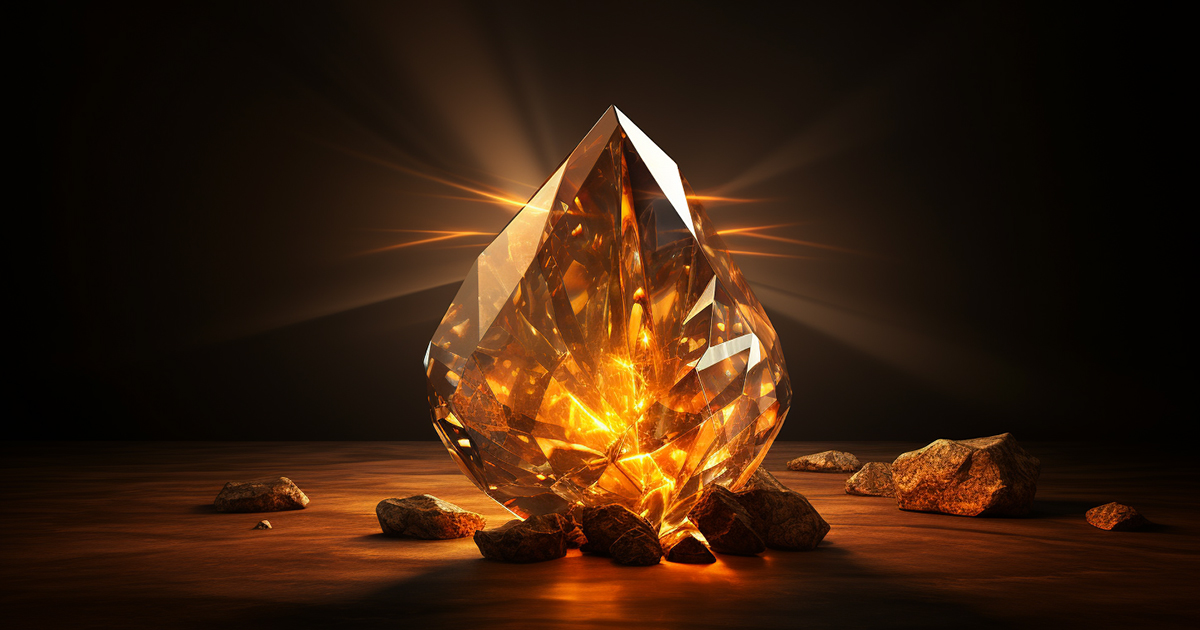During a chilly November day in 1996, a fascinating incident took place in the heart of Edinburgh, Scotland, on the revered St. Andrew’s Day. It centered around a seemingly ordinary 335-pound stone, known as the Stone of Scone or the Stone of Destiny, boasting a history spanning over seven centuries.
At first glance, this two-foot by one-foot sandstone block may seem unremarkable, lacking immediate significance. However, its tale, intricately woven through time, tells of wars, national rivalries, and religious importance unmatched by few artifacts.
The Stone of Destiny holds deep religious ties, tracing back to biblical origins. Legend has it that the patriarch Jacob, in the Book of Genesis, had a vision at Bethel where he used stones as pillows while sleeping.
It is believed in folklore that Jeremiah, a later prophet, carried this very stone to Ireland before it eventually found its way to Scotland in the year 848.

In Scotland, a nobleman named Kenneth MacAlpin brought the sandstone slab to the medieval town of Scone. According to Scottish lore, this stone was thought to possess the ability to proclaim the rightful ruler of the land.
Upon the true monarch stepping upon it, the stone would affirm their authority, becoming a crucial element in Scottish coronation ceremonies signifying the divine providence in the monarch’s selection.
In 1296, King Edward I of England sought to claim the Stone of Destiny and the Scottish throne for himself, highlighting its immense significance. By choosing this unassuming stone as a symbol of his conquest, Edward I emphasized its importance over traditional riches like gold and jewels.
By enthroning himself on this very stone, Edward I not only declared himself as the English king but also as the ruler of the Scots.
Placed underneath a coronation chair known as Edward’s Chair in Westminster Abbey, the Stone of Destiny was essentially transformed into a throne. Its perceived power influenced rulers’ destinies for ages, showcasing an impact beyond mere superstition.
The question lingers: What is it about this unadorned rock that continues to wield influence in modern times? Surprisingly, even in the 21st century, British monarchs are still crowned on this stone, underscoring its enduring importance.
It stands as evidence of the unwavering belief in the divine selection of rulers, a conviction transcending time and borders.

Despite this, skepticism has arisen among certain Scots regarding the legitimacy of Queen Elizabeth II’s 1953 coronation. Doubts persist whether the Stone of Destiny used in her crowning was indeed authentic.
On Christmas Day in 1950, daring Scottish students infiltrated Westminster Abbey, stealing the Stone of Destiny. Hiding it in Arbroath Abbey in Scotland, they entrusted it to the Church of Scotland. Though the stone was later returned to England, rumors suggest the original stone never made its way back to Westminster, raising the possibility of a replica now resting beneath the coronation chair.
The notion of a counterfeit Stone of Destiny is intriguing yet challenging. When the stone returned to Scotland in 1996, it came with a condition— the English retained the right to use it in future coronations.
This clause highlights the enduring belief in its power and the significance attributed to an object through heritage, traditions, and history.
Video:
In conclusion, whether the Stone of Destiny is genuine or a meticulously crafted replica may forever remain veiled in mystery. Despite its authenticity, its lasting impact in shaping rulers’ and nations’ destinies is undeniable, making it a captivating piece of Scotland’s vibrant history that continues to fascinate and perplex to this day.
